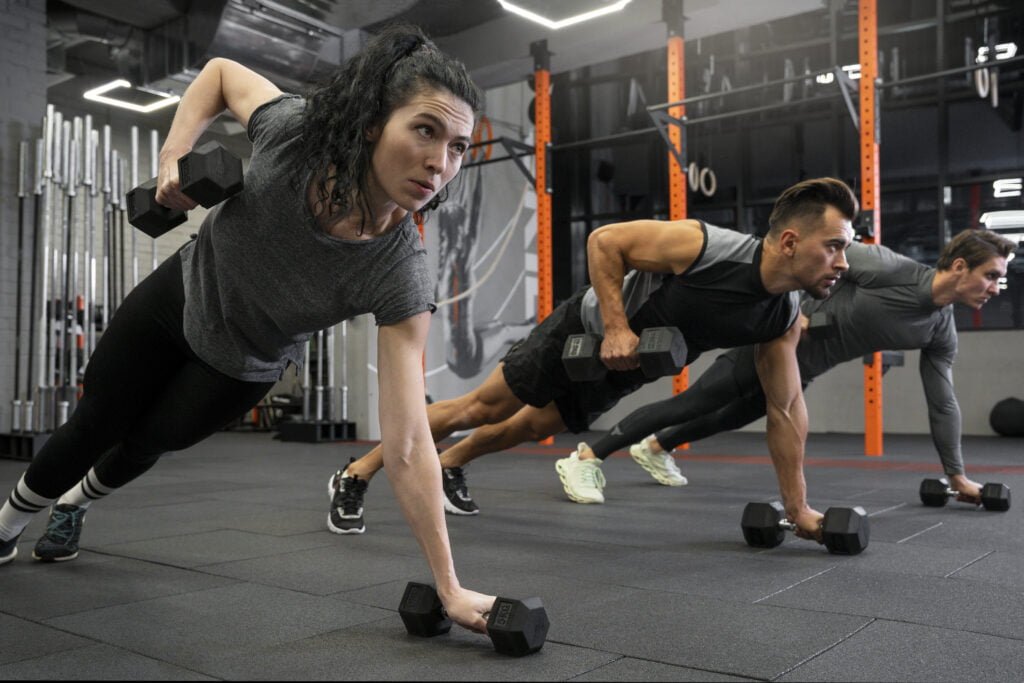Ultimate Core Exercises for Every Fitness Skill Level

When it comes to fitness, strengthening your core is essential. Your core muscles, which extend from your neck down to your pelvis, play a crucial role in stabilizing your body and supporting your movements. Think of the relationship between your abs and your core as you would think of the relationship between your biceps or triceps and your arms. Your abs are just one muscle, whereas your core is an area comprised of multiple muscles.
By exercising your core, you are focusing on what’s happening around the center of your body. While the term “ab exercise” specifically refers to the muscles at the front of the stomach, your core exercises target a broader range of muscles.
The key muscles that make up your core include:
- Transverse abdominis: This muscle wraps around the front and side of your trunk, stabilizing the pelvis.
- Internal and external obliques: These muscles extend diagonally from the ribs to the pelvis, allowing you to rotate your trunk.
- Rectus abdominis: Commonly known as the “six-pack” muscle, this muscle is engaged when you bend forward.
- Multifidus: This back muscle supports your spine.
- Erector spinae: Another back muscle that extends your trunk and helps you maintain an upright posture.
Beginner Moves
If you are new to exercise or haven’t exercised in a long time, it is recommended to start with these beginner moves. Consulting with a personal trainer can also be beneficial to determine the right amount of reps and sets for your fitness level and goals.
Throughout these exercises, you will often hear the instruction to “tighten your core.” But how do you know if you are actually doing that? One effective way to start is by inhaling and imagining that you are bringing your belly button toward your spine. Hold your muscles tight in that position for a few seconds.
Crunches
Crunches are a classic core-strengthening exercise. The act of lifting your upper body engages your abdominal muscles. However, if you experience occasional low back pain, it is important to perform crunches with care. Move slowly and start with just a few repetitions. If you have chronic low back pain, it is advisable to consult with a certified trainer or healthcare professional before attempting this exercise, as it may not be the best option for you.

Why You Should Train Your Core
From injury prevention to enhanced sports performance, there are numerous reasons why training your core is important. Let’s take a closer look at some of them:
Improved Posture
A study published in Isokinetics and Exercise Science found that core training can help improve postural stability. Men who participated in three hour-long Pilates sessions per week for two months experienced significant improvements in postural stability tests. Strengthening your core can help you stand taller and maintain better posture.
Muscle Building in Other Areas
If you are interested in building muscle in other areas of your body, it is important to prioritize core exercises. Weak core muscles can contribute to a forward pulling and rounding of the shoulders, which can hinder your progress in other muscle-building exercises. Strengthening your core will help correct this imbalance and allow you to achieve the physique you desire.

Six Pack Exercises
One effective core exercise is the bicycle exercise. This variation of a regular crunch targets your obliques, rectus abdominis, and hips. Here’s how to perform it:
- Start by lying on your back, with your left knee bent and drawn toward your chest.
- Keep your right leg straight and slightly lifted off the floor.
- Place your hands behind your neck or the lower part of your head, being careful not to pull on your neck.
- Lift your right shoulder off the floor and move your right elbow toward your left knee.
- As you bring your right shoulder back to the floor, extend your left leg while bending your right knee and bringing it toward your chest.
- As your right knee moves farther in, lift your left shoulder off the floor and move your left elbow toward your right knee.
- Start with 3 sets of 12 alternate repetitions.
Remember, it is important to listen to your body and start with exercises that are appropriate for your fitness level. If you have any concerns or pre-existing conditions, it is always best to consult with a professional before starting a new exercise routine.



